Officon is a tropical exotom of a family of lily, which forms a compact fluffy bush with delicate flowers. In nature, it can be met in the shady forests of East Asia. Possessing modest sizes and exquisite beauty, the officeron quickly conquered the hearts of the gardeners and became an integral part of the landscape design.
Ofiopogon plant, botanical description
Ofiopogon known by many names: it is often called Japanese lily of the valley, monkey grass, and even dragon landyshnikom sting. Grow it, not only in the garden, but also at home. It does not require diligent maintenance, and if it will suit the growing conditions, retains its green shoots of the year.
- Rhizoma landyshnika branched, shallow disposed on the upper ground layer. On short roots tubers are small in size.
- The above-ground part is a thick crop of dark green color, which is composed of numerous basal rosettes.
- Leaflets Ofiopogon linear, they are smooth on the sides, margin strongly pointed. Foliage color is different: light green, deep green, gray and purple. The length of the leaves grow from 15 to 35 cm, depending on the species, their width rarely exceeds 10 mm.
- Ofiopogon on the photo represents Razlogov bush with densely located carnations. It retains its color and shine all year round.
- Flowering of culture is in July-September. 20-centimeter flower stalks hatch among turf. They are thick, burgundy color, end in spike-like inflorescences.
- Flowers have a short tube Ofiopogon six purple petals that are tightly fused at the base.
- When the bloom is coming to an end, ofiopogon covered with heavy clusters of berries. Their shape is round, blue-black color. The berries ripen seeds small yellowish.
Species and varieties Ofiopogon
Rhode Ofiopogon small and represented twenty species, but only three common culture. Also, thanks to the work of a few tens of breeding hybrid varieties landyshnika was derived.
Ofiopogon yaburan - rhizome perennial. It is actively growing, forming dense clumps. Height bushes varies between 30 and 80 cm. Dark green leaves at flowering this form is linear, a large, leathery. The edges of the leaves slightly flattened, the bottom surface of sheet plates coated relief pattern in the form of longitudinal veins.
Leaves Ofiopogon yaburan long - 60-80 cm, while the width of the classical - 1 cm Peduncle erect perennial crowned inflorescence up to 15 cm in length.. Fragrant flowers are tubular in shape and soft color - white, light purple, and in some varieties - dark purple. Externally, the flowers resemble lilies.
This species has beautiful varieties:
- Vittatus- pestrolisty amazing variety: light green foliage with contrasting white stripes;
- Aureivariegatum - variety with ornate leaves with golden overflow;
- Nanus - decorative bush compact size, with a good frost resistance to -15 ° C; often grown in the home;
- White Dragon - a variety with a beautiful name White Dragon. Its high-quality features - silvery-white leaves.
Officon Japanese - a shadowless variety of subtropics. Rhizome urine with a lot of tubers. Deep green foliage, hard, linear shape, slightly curved towards the central alcohol. The length is average - 15-30 cm, the width is only 3 mm. Floweros at Officon Officon Japanese Short, Inflorescence Small - 6-7 cm. Flowers Spreading with a lilac-red overflow, petals up to 8 mm long.
Interesting! In zoological stores, they are often advised to smear officeron into aquarium. It really attractively looks in the water among fish, before and the inhabitants of the aquarium do not eat it. However, the rise of Japanese officers in such conditions can not more than three months. Then his roots begin to heat up, which violates the aquarium biosystem.
The view has hybrid varieties:
- Compactus - low-speed curtains, with small narrow leaves; characterized by shades;
- KYOTO DWARF - a dwarf grade up to 10 cm high, is distinguished by high decorativeness; often grown in rocky gardens;
- Silver fog - a vibrant variety with leaves decorated with a longitudinal gray stripe; Over time, forms a thick green carpet;
- Albus - grade with bright green foliage and delicate flowers of white color; Ideal for registration of Japanese gardens;
- Minor is a variety with dark green leaves, among which are pretended by bright blue berries.
Officon Flat-dryer - a unique appearance called "Black Grass". It is the most sought-after view in landscape design. The plant quickly increases an empty curtain. Wide leaves can be of different lengths from 10 to 35 cm, their shape is a removal, but the greatest value has their color - dark green, and some varieties are black and purple. Flowers a view of large flowers, they can be milky white or pink. Officon Berries are numerous, very dark.
The most popular varieties in gardening:
- officon Niger is a surprisingly beautiful grade with black leaves of medium length (no more than 25 cm). Flowers cream-white fragrant, fruit - round coal berries. Winter-resistant variety and does not freeze even at -28⁰;
- Black Dragon is a first-class variety with many awards of the gardeners. He has a special color of the leaves - black and purple with a slight burgundy tide. The variety is growing rapidly, the kurtins reach 50 cm in height. Flowering lasts from July and to the end of autumn. Throughout this period, plantings are hidden with fragrant white-pink flowers. In the warm regions, the grade grows as an evergreen plant.
Officon House - a thermal-loving dwarf view for homemade cultivation. The sheets are compact, removal, their color can be a monophonic dark green or motley.
Cultivation of officers from seeds
The seed reproduction of the Llandshnik is a time-consuming process that is far from every gardener.
- In the fall, before the onset of frost, the berry of officeron berry. Fruits should be black, which speaks of their ripeness. Berries are crushed, and the resulting flesh is rinsed repeatedly in water to separate the seeds. After that, the seed material is soaked in water. If you caught the harsh berries, it is possible to buy seeds of officers in a specialized store.
- After 2-3 days, the seeds are pulled out and folded on the surface of the soil, full of in the box. For seeding, it is desirable to prepare a sand-peat substrate. Then the seeds sprinkle with a thin layer of soil, irrigated.
- The seed box is covered with shelter - glass or film. After that, the container with the sinky seeds is carried in a cool place with a temperature of +10 ° C. The first shoots appear no earlier than in 3 months.
- After that, the shelter is removed and conducting ordinary seedlings. When the thrill reaches 10 cm, landing on the prepared place in the garden.
Officon, landing and care in open soil
Japanese lily of the Lily of the Lily of unpretentious, so without difficulty adapts to new conditions. His hard leaves are equally well perceived by the half, and the abundance of sunlight. Even the indoor types of ophiopogon are greatly developed on the windows both with the northern and southern orientation.
- Landshot's landing is carried out on areas with fertile weakness soil. For a normal vegetation, the plants are planted at a distance of 15-20 cm. In each well, a bowl of the ceramzite is necessarily laid to ensure regular waste of excess water. Planting seedlings are carried out by transshipment method to prevent damage to the root system.
Advice! Sorts with dark foliage prefer shaded areas, and the damp varieties is better to plant in a sunny place.
- Having planted plants requires abundant watering. It is important to ensure that the soil is wet all the time, but there should be no water stagnation. At very hot days, the Curtain of Officon is watered 3-4 times a week, at another time - once every 3 days. To prevent the loss of moisture, the plants are mulched using compost.
- Caring for the Landshot includes fertilizers. Complex mineral mixtures can be used, which feed plants 2 or 3 times per season. Also for feeding is suitable for humus - it is brought in September.
- In the trimming of the Landshot does not need. If you wish, you can regularly remove dried leaves to maintain a decorative look.
- Wintering Llandshnik without shelter. Throughout the winter period, under the snow cap, the plant retains the beauty of its deciduous outlet. Although the officeron is distinguished by winter hardiness, in the regions with cold hindy winters, he can frozen. His luxurious greens will completely disappear, although the rhizome and will not suffer. To preserve the decorativeness of culture, it is better to hide it with a sweetheart.
Reproduction of officers
- Landcastle, except for the seed method, perfectly multiplied by the division of the root. This method allows not only in an easy way to get new bushes, but also to preserve the decorative and deciduous features of different varieties.
- The division of adult bushes is carried out in the first weeks of spring. The busting is digging, the rhizer is cleaned from the earth's coma, and then the sharp disinfected knife is cut to the decene.
- Rhizome is divided into several parts so that the tuber and many healthy roots are preserved on each of them. Then the decenes land into new wells with drainage and compost. At the end spend good watering.
Pests and diseases of officers
The Japanese valley practically does not ill, but often damaged by pests - with trips, slugs, blonde.
- Snails and slippers with pleasure essay the leaves of a young seedlings. Therefore, it is necessary to collect them on time or use special traps.
- Trips actively lay eggs under the skin of the leaflets, so it is extremely difficult to get rid of them. Destroying pests help high-concentrated insecticides, which need to be processed not only the affected bush of officeron, but also neighboring cultures, since the trips quickly apply.
- Another persistent pest is a whitefold. The larvae of this insect damage the foliage and spoil the decorativeness of the plant. Proceed by a flower with garlic infusion or insecticide.
Officerhon, home care
- Room cultivation of officers is quite simple. The plant is planted in pots with a good layer of pebbles. The soil is used fertile. It should consist of leaf and turf, sand and peat. Once every three years, adult bushes need to be transferred to a new pot.
- Water Landshot often, not allowing soil drying. In winter, watering is limited, and moisturized the soil only after its top layer will dry by 1.5-2 cm. For irrigation, only soft water is used.
- If there is very dry air in the apartment, the leaves need to spray. It is advisable not to put vases near the heating devices. The optimal option will be placed near the officer of the air humidifier. This can be both an electrical device and water container.
- The Japanese Lily of Lily takes a good heat, but it is better to contain it in cool conditions. In winter, it can be attributed to the room where there is no heating. In April, the bedrooms can be taken out on an open loggia or immediately to the garden.
- Rooms Landlocks rarely. But if you move with irrigation, his roots can suffer from rot. If this happens, the plant needs to dig, remove the fallen roots, then treat the plant, soil and vase by any fungicide.
- The detacity of the room officer is carried out often - every three to five days. Use comprehensive mineral fertilizers. In the autumn-winter months, the feeder suspend.
- At home, officeron is breeding vegetatively. Once every three years, a large bush is divided into 7-8 decene, which are planted into separate pots. You can also use the seed reproduction, but there is no need for it, since the Llandshnik grows very quickly.
Officeron in landscape design
Most of the hybrid varieties of the Japanese valley are created for landscape design. The popularity of the plant in the gardens is caused by its property to change the foliage unnoticed, which makes it a beautiful evergreen plant. In addition, interesting coloring of the leaves allow you to make brightness and unusual in every garden, where the officeron is planted. His fruits are made of a special highlight - exotic berries of dark blue.
The lowest varieties of the lonelnik are used as a soil culture. Sorts with dark purple foliage are successfully planted on shaded areas - in the parks, around the houses, at the foot of the trees. It looks nice plant near artificial ponds and fountains, Japanese gardens, mixborders.

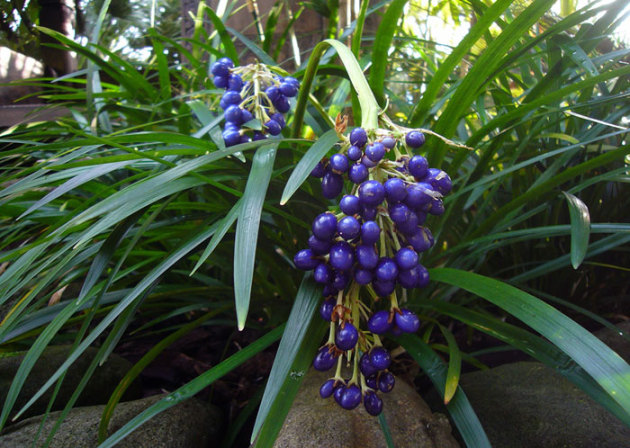
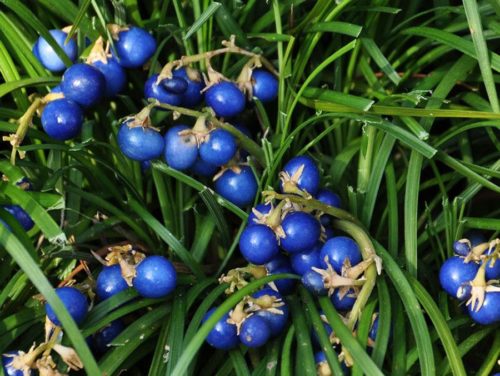
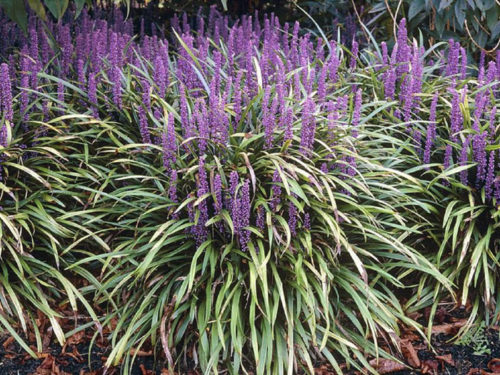

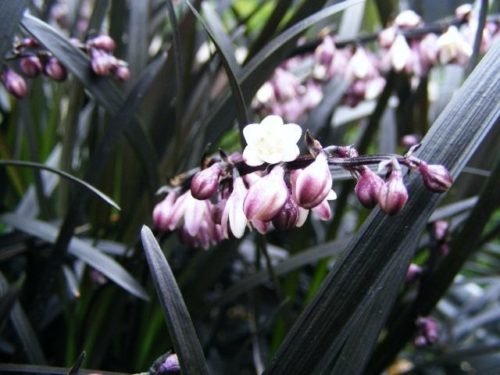
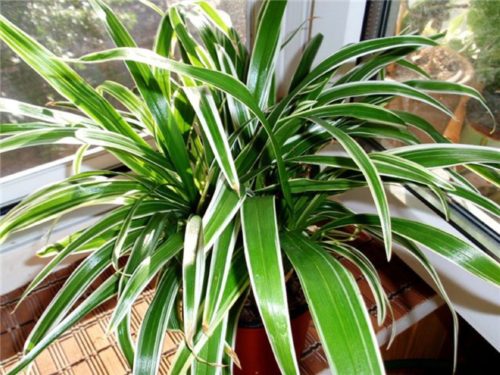
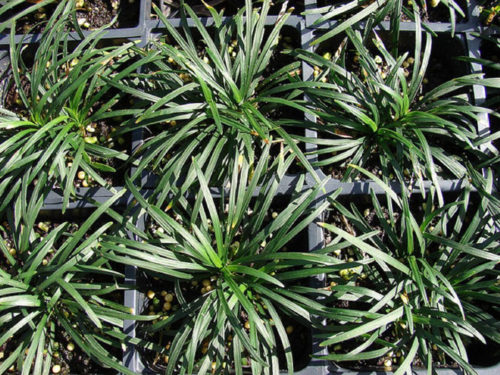
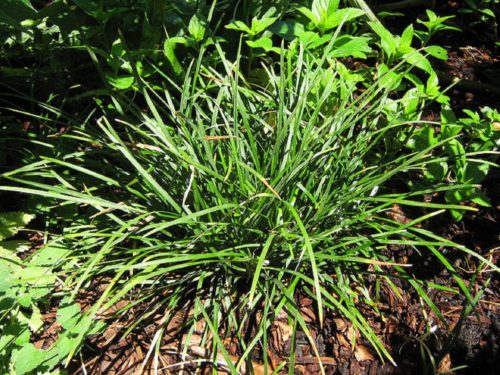
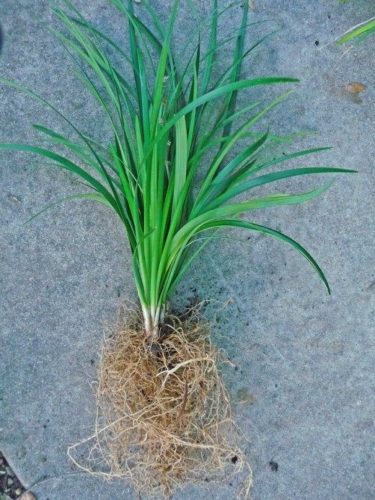
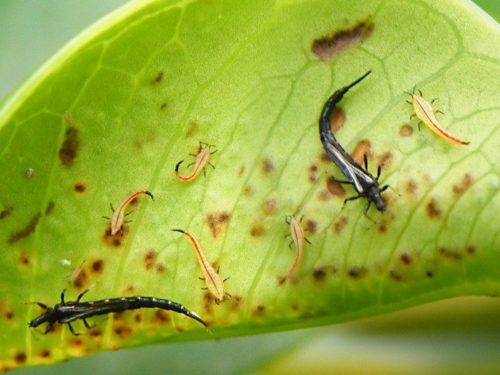
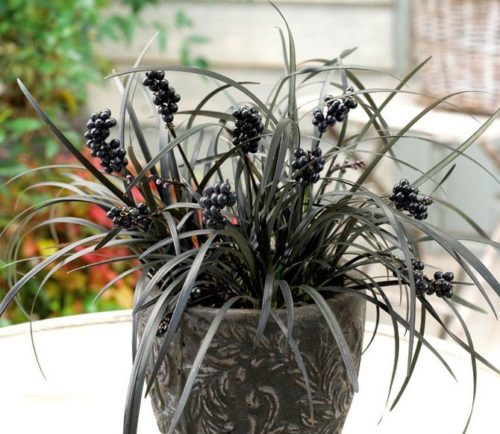
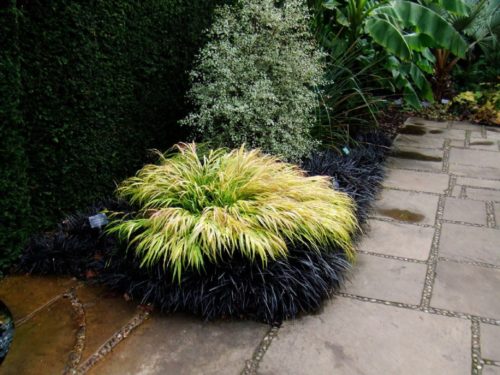
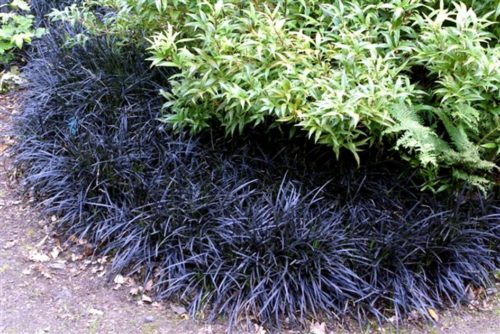

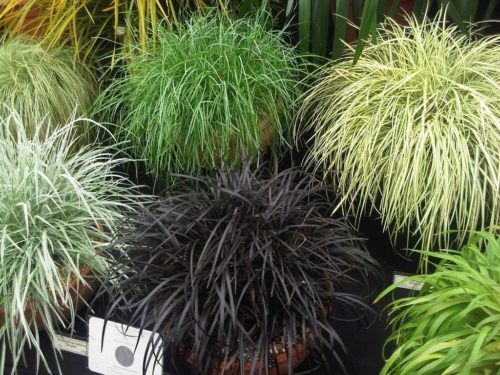












 Start a discussion ...
Start a discussion ...